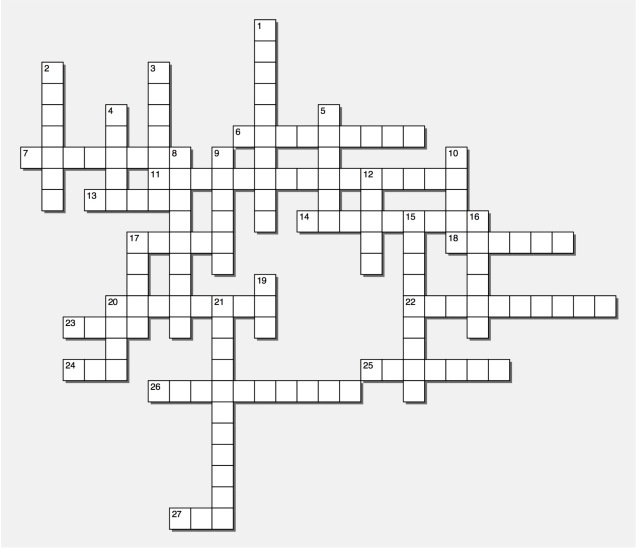AN05_Philosophical Foundations of Absolutism
Timeline: 16th – 18th C.
FS: How did philosophy support Absolutism?
Main Idea
During a time of religious and economic instability, monarchs ruled with a strong hand. The developing world view of Renaissance Europe impacted much more than art and science. Creative expression transcended the new scientific theories and artistic masterpieces and entered into the world of governance. Monarchs and philosophers questioned the role of government and ruler. Sometimes, both arrived at conclusions that were mutually supportive. Others generated ideas that were revolutionary and confrontational. All sought clues to the answers in nature, but supported by faith whenever possible.
Ponder: “Absolute Power Corrupts Absolutely”
I. Origins of Absolutism
A. Absolutism: A term used by historians to describe a form of monarchical power that is not restrained by other institutions, such as churches, legislatures, or aristocracy.
B. Characteristics of Absolutist Monarchies
C. Historical Precedent
There are numerous examples throughout world history that monarchs justified their exercise of power using religion. Among these we can include:
– Ancient Egypt
– Mesopotamians
– Roman Empire
– China’s Dynastic Period
– Medieval Europe: The Church exercised its influence when it crowned kings of the Franks (eg. Charlemagne) and the Holy Roman Emperors.
D. Philosophy
From the time of the Pax Mongolica, and with increased vigor during the commercial revolution of the High Middle Ages and Renaissance, Europe was on the receiving end of a philosophical exchange with the Asians. During this period European thinkers were able to express their understanding of the human experience through an understanding of the natural world.
The Enlightenment is a period of philosophical expansion. It is nurtured within the Renaissance and is, in essence, Europe’s version of the nature-based philosophies of the Far East. A few of the great Enlightenment thinkers were Thomas Hobbes, John Locke, and Voltaire. These men looked to nature to find answers that will allow them to explain how nature shapes the relationship between ruler and ruled.
1. Thomas Hobbes (wrote The Leviathan, a philosophical response to the English Civil War).
a. Nature, originally, made everyone mentally and physically equal and with freedom to choose. Nature has also elevated in Man his own self-interests.
b. The goal of “Absolutism” is to control the natural evil (base nature) of people. It exists to benefit the people and the state which are bound together by the national identity.
2. Niccolo Machiavelli (The Prince)
II. Absolutist Monarchs of Renaissance Europe
A. France: Louis XIV (Sun King)
B. England: Henry VIII (16th C.), Elizabeth I (Virgin Queen, 16th C.), James I (James VI of Scotland, 17th C.)
As daughter of Henry VIII, Elizabeth recognizes the importance of securing power and wielding it when necessary to entrench her position. Elizabeth never married (“The Virgin Queen”) and she reinforced the bond between her and the fortunes of the nation-state. Whether her decision to not marry was one based on love or unwillingness to share power, she did expend effort in making it appear publicly that she was “married to the state” (As priests of the Catholic Church are forbidden to marry a woman, they are expected to conduct themselves as if “married” to the The Church.
The Arthurian Legends proclaim Arthur as “The once and future king” because “He and the land are one.” In reality as in legend, the unity of the state depends a great deal on the ability of the monarch to make the destiny of the people, land, and monarch => One!
Her efforts in the defeat of the Spanish Armada (1588) opened avenues to the wealth of the Americas that before were limited to raids of Spanish galleons by privateers (you might say “hired pirates”). As great as American specie wealth was, the monarchy’s financial needs were in keeping with other absolute monarchs and it often brought her in conflict with the nobility upon whom she depended for funds. The monarch’s need for funding and the aristocracy’s increasing resentment would take England’s succeeding monarchs on a path toward civil war.
C. Russia: Peter the Great (Czar)
In keeping with other Renaissance monarchs, Peter the Great organized the Russian nation-state by clarifying the Russian national identity. As the state formed, he was able to amass the power that came with it. As monarchs, popes, and businessmen of the period exhibited, Peter the Great used art to reflect the values of the nation-state while glorifying his reign (St. Petersburg).
D. Holy Roman Empire, Spain, Netherlands: Emperor Charles V
III. Summary: Why It Matters Now.
When faced with crises, many heads of government take on additional economic or political powers.
Resources
– World History: Patterns of Interaction
– Assorted materials


